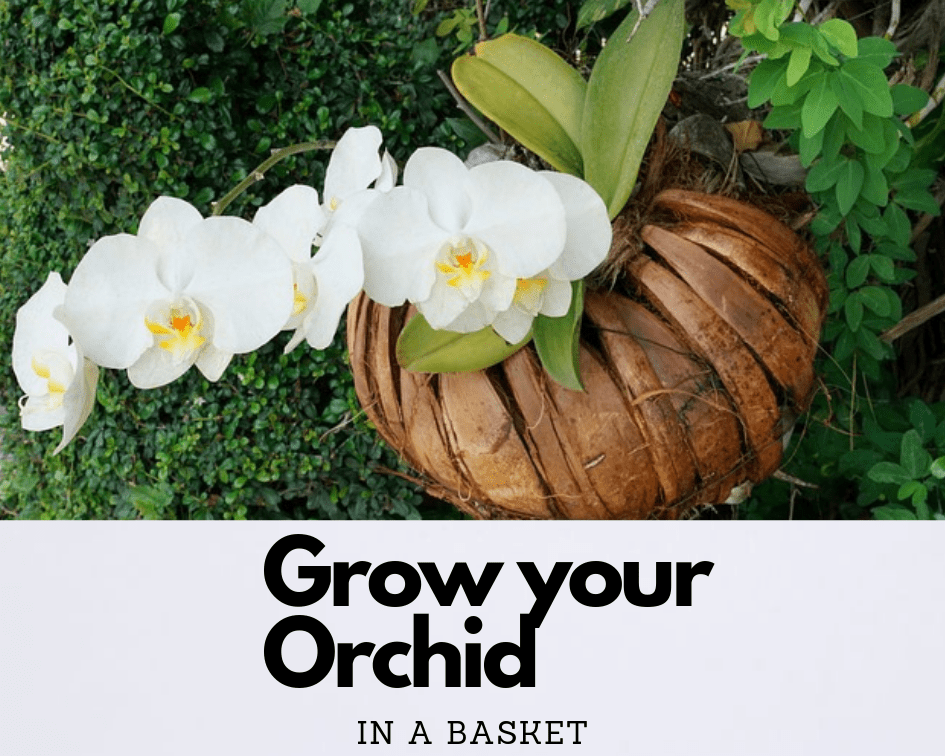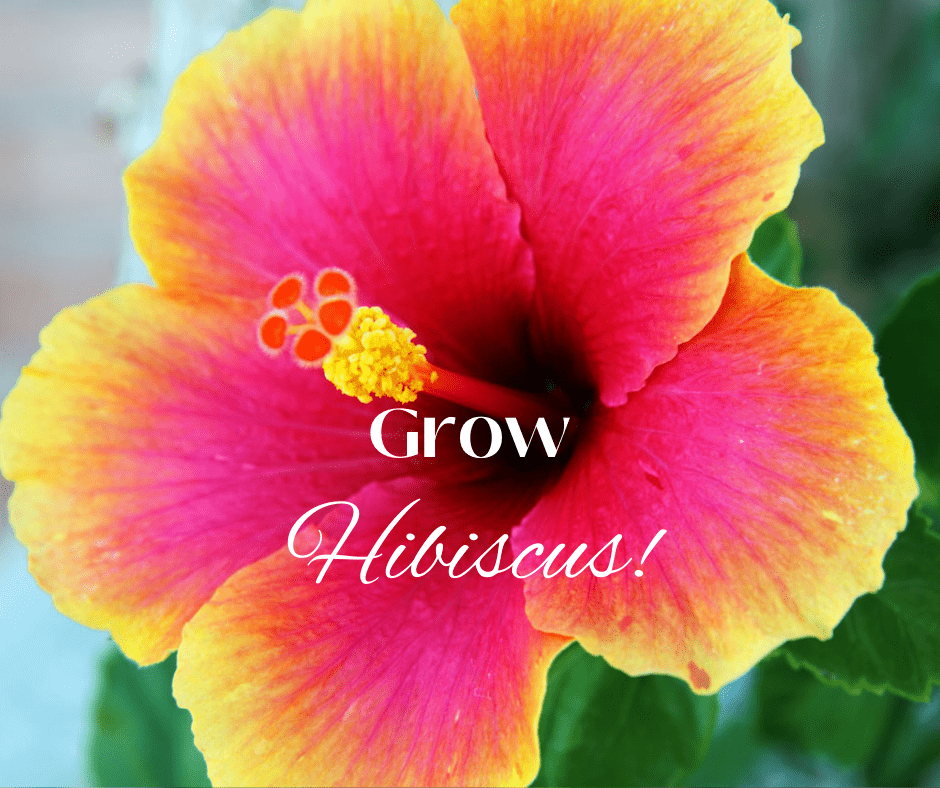This post may contain affiliate links. As an Amazon Associate we earn from qualifying purchases.
Unlike slow-growing houseplants that may seldom need repotting, moving an orchid into a new pot is part of the routine of growing it.
The young orchid, depending on how fast it grows, may need to be repotted every six months, while the established orchid can wait a year and a half to two years.
Some orchids grow faster than others in cultivation, so keep an eye on your orchid’s roots to determine when it’s time to repot.
First, let’s talk epiphytic vs. terrestrial orchids

Epiphytic orchids are the ones that grow without soil, typically on trees, and take moisture and nutrients from the air. “Most of the cultivated orchids are epiphytes,” according to Greg Allikas on the American Orchid Society’s website.
Terrestrial orchids, on the other hand, grow in soil. Cymbidiums are an example of terrestrial orchids.
Then, a quick look at growth types
Allikas goes on to address the two types of orchid growth, sympodial and monopodial.
The former grows from a rhizome which produces sideways growth. “The majority of the cultivated orchids are sympodial,” according to Allikas. This includes cymbidium, dendrobium, cattleya and oncidium.
The latter, monopodial orchids, grow upwards, from roots. For a better understanding of my not-so-great description, check out the handy diagram at the American Orchid Society website.

Remove the orchid from the pot
Use care when removing your orchid from the pot. Hold the terrestrial orchid’s roots under gently running water to remove the planting medium.
Use your fingers to gently remove the medium from the epiphytic roots.
It’s not important to remove all of the planting mix, but just enough to be able to inspect the roots. Look for roots that are discolored or soft and snip them from the plant, using sterilized garden snips.
What “soil” to use for repotting orchids
Choose an orchid pot that is one size larger than the one in which the orchid is currently growing. Don’t use a standard planting pot as orchids require lots of air circulation and orchid pots provide that.
Amazon.com offers a variety of orchid pots if you need to purchase a new one.
Epiphytic orchids can be planted in baskets or pots, as long as the planting medium is appropriate.
Any loose medium that doesn’t retain water is ideal for orchids. A mixture of bark, sphagnum peat moss and sand will drain quickly yet hold enough moisture for the orchid.
Shop here for a mix that we’ve used and liked.
Repotting an orchid
There is no magic in repotting an orchid – it is a plant, so treat is as such. Place a bit of the mix on the bottom of the container, lower the roots so that they sit on the mix and fill around them with more mix.
Don’t pack the planting medium, as the roots require air to keep from rotting. Gently press the orchid into the medium just enough to anchor it.
Although it is tempting, don’t bury the aerial roots. Water the orchid, slowly, after repotting until the water drains from the bottom of the pot.
Orchid care after repotting
It may be tempting to over-care for the orchid after repotting, but that is the worst thing you can do. Place it in a somewhat shady spot and avoid the urge to water it.
Allow the roots to recover for at least five days to one week. When you notice new roots, begin watering the orchid by saturating the medium and then allowing it to drain.
Begin fertilizing the orchid when you notice new foliage. The best fertilizer for orchids was created by Michigan State University and it’s available at Amazon.com.




